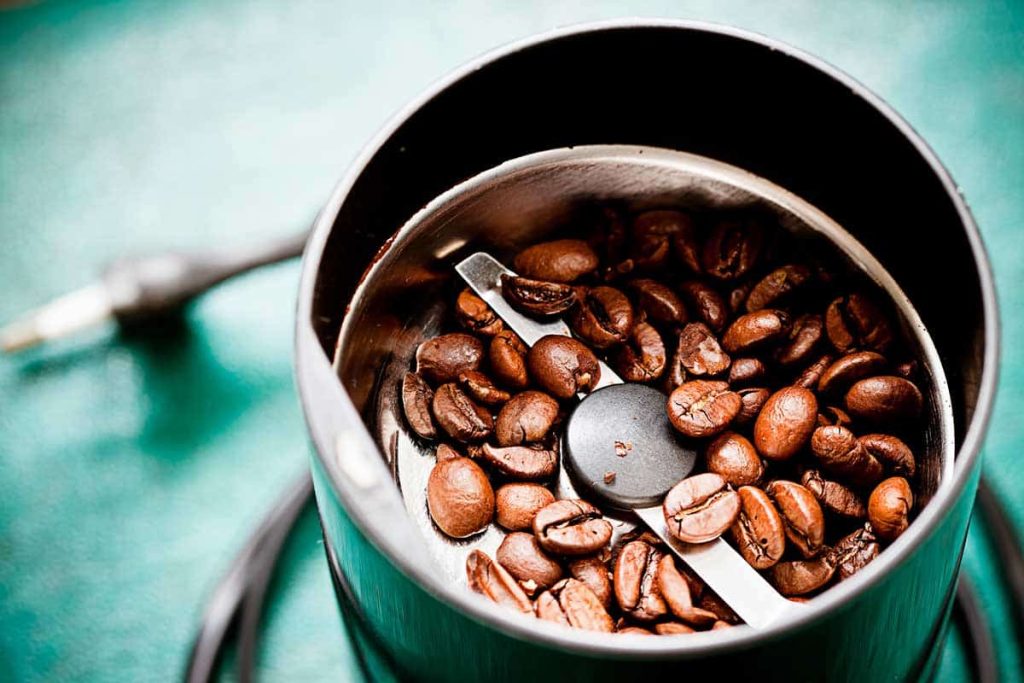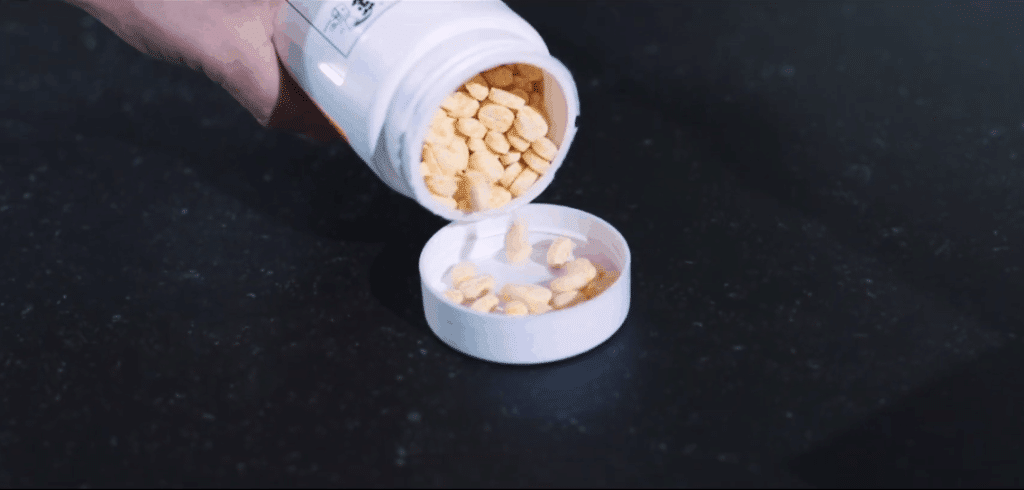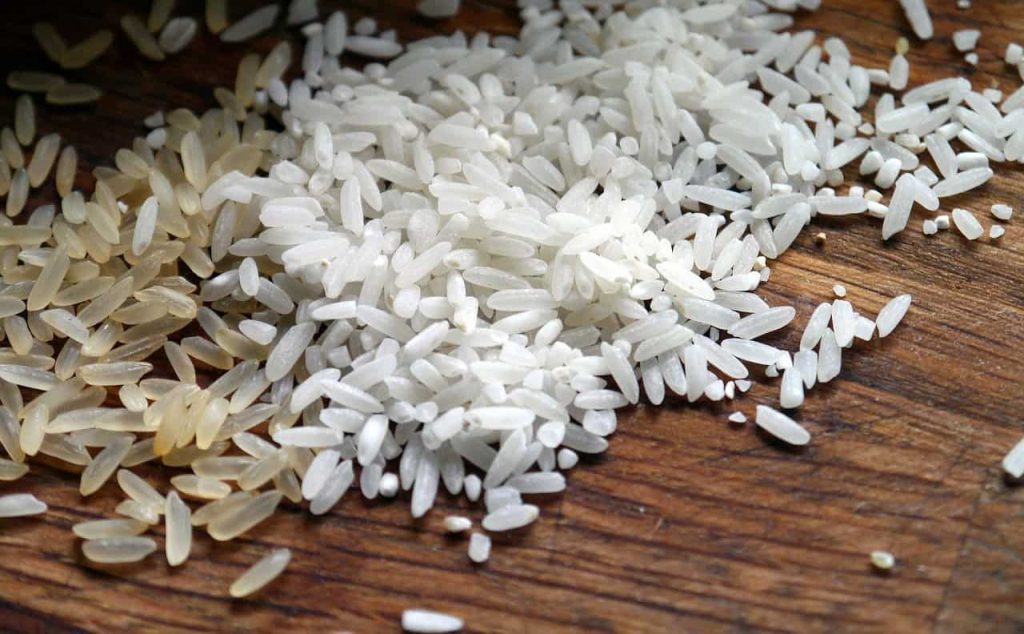How to Sharpen Coffee Grinder Blades and When to Do It

A blade grinder is a common coffee grinder one would find in a coffee lover’s home. Over time, your grinder may not grind coffee as well as before, and you will start to ask yourself how to sharpen coffee grinder blades.
Lucky for you, the answer is quite simple, and you won’t need to take your whole grinder to a professional. You can sharpen up those blades at home in a few simple steps.
If the blades still don’t run smoothly afterward and you’ve had your grinder for a few years, you may be thinking about purchasing a new one. There are several high-quality coffee grinders on the market for you to choose from.
But if you aren’t ready to say goodbye to your trusty grinder just yet, here is how you can sharpen up those blades to get back to grinding great-tasting coffee.
How to Know When to Sharpen Coffee Grinder Blades
Knowing when to sharpen your coffee blades will prevent you from drinking bad coffee. If your coffee starts changing flavors when you haven’t changed to new beans, you may feel as though something is wrong.
However, it is not always easy to pinpoint the exact problem for this change in flavor. There are several reasons for coffee to not taste as good as it should.
You could have the wrong grind size, an inconsistent grind, the wrong measurements of coffee, the wrong temperature or quality of water, or something else could be the cause.
So how do you know when to sharpen coffee grinder blades?
First, you can simply feel the blade edges. Be sure to switch off and unplug the grinder first, please! Be careful when feeling the blades, because if they aren’t blunt, they could hurt you. So gently feel the blades to check if they are dull.
You will start to notice other signs of dull blades, such as the grinds coming out coarser than you anticipated and clumps of grounds in the chamber. Blade grinders usually don’t give you much control over the grind size you are after. However, you will have an idea of how finely the grinder usually crushes the beans.
How to Sharpen Coffee Grinder Blades: 3 Methods
There are a few ways for you to sharpen your blades, some using household items, while others require store-bought items such as grinder pellets. Here is everything you may need for all the sharpening methods:
- Grinder pellets
- ¼ cup uncooked rice
- A damp cloth
- A dry cloth
- A knife sharpener
Once you have your items ready, you can get to sharpening the blades. You can choose the method that suits you to get back to grinding.
Method 1: Grinder Pellets

Some people choose to use grinder pellets to sharpen the blades. These pellets are generally used for cleaning out grinders and are fairly soft, meaning this particular method may not be as effective as the others. However, if you are cleaning out your grinder, you can give it a try.
Method 2: Rice

The rice method is the most popular since it uses inexpensive household items and gets the job done quickly and efficiently.
- You simply place the uncooked rice in your grinder. Place these in the same place you would put your coffee beans.
- Set your machine to grind and let the rice run through to the grounds chamber.
- Once it has finished, empty out the rice and unplug the machine so you can wipe the grinder down. Use the damp cloth to wipe the blades and chamber. Make sure the cloth is only slightly damp, as you don’t want your grinder getting wet.
- Next, wipe it with the dry cloth and make sure the machine is completely dry before plugging it back in. Then place a few coffee beans in to clean out any leftover rice particles and to put the right amount of bean oil and dust back in the machine.
Method 3: Knife Sharpener
The last method is to sharpen your blades as you would with any other knife in your kitchen.
- Empty and unplug your grinder.
- Carefully take apart the blades as instructed in the owner’s manual.
- Sharpen the disassembled blades with a regular knife sharpener.
- Wipe the sharpened blades.
- Place them back in the grinder.
- Run a test with a small batch of coffee beans.
Precautions to Keep in Mind
Check the warranty: Before you try any of the above methods, check your warranty to make sure you aren’t taking apart any pieces that will void your warranty. Certain models will also void the warranty if you use rice to sharpen the grinder.
Don’t grind non-coffee objects: When using a blade grinder at home for your coffee, it may be tempting to try grinding other things such as spice, seeds, or nuts. Grinding these items could cause dull blades and may contaminate the motor causing it to break.
Grinder Blade Sharpening FAQs
Do grinder blades wear out eventually?
Yes, all grinder blades will eventually wear out and need to be replaced. You can extend the lifespan of your grinder by cleaning it often and only grinding coffee in your grinder.
Does a dull blade need to be replaced?
No, you do not need to automatically replace a blade grinder that contains dull blades. You can try sharpening the blades with a knife sharpener, grinder pellets, or rice before considering a replacement.
How do you sharpen a burr grinder?
If you own a burr grinder and start to notice the burrs getting dull, unfortunately, there is not much you can do. Due to the tricky design of the burrs, you will have a hard time sharpening them. You can contact the manufacturer for replacement burrs.
Despite this, burr grinders generally last a lot longer than blade grinders, especially if you clean the machine often.
Stay Sharp!
Grinder maintenance is an important factor in your home brewing journey, and looking after your equipment means you’ll have great-tasting coffee for even longer.
Remember to sharpen and clean your grinder regularly, and be sure to not get any of the parts wet when doing so. Cleaning your grinder will prevent a build-up of bean oil and dust that could damage your machine.
Now, if your coffee is still not tasting up to standard, then you should have a look at some of the top quality beans to enjoy rich and flavorful coffee at home.
Owen is a writer and editor at Caffe Streets who considers himself a coffee fanatic. He spends his time researching and testing different coffee beans and brewing methods and sharing what he learns with others.





